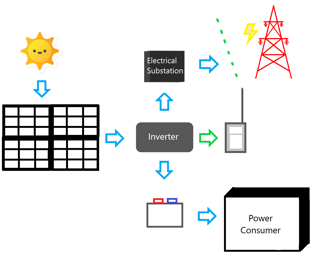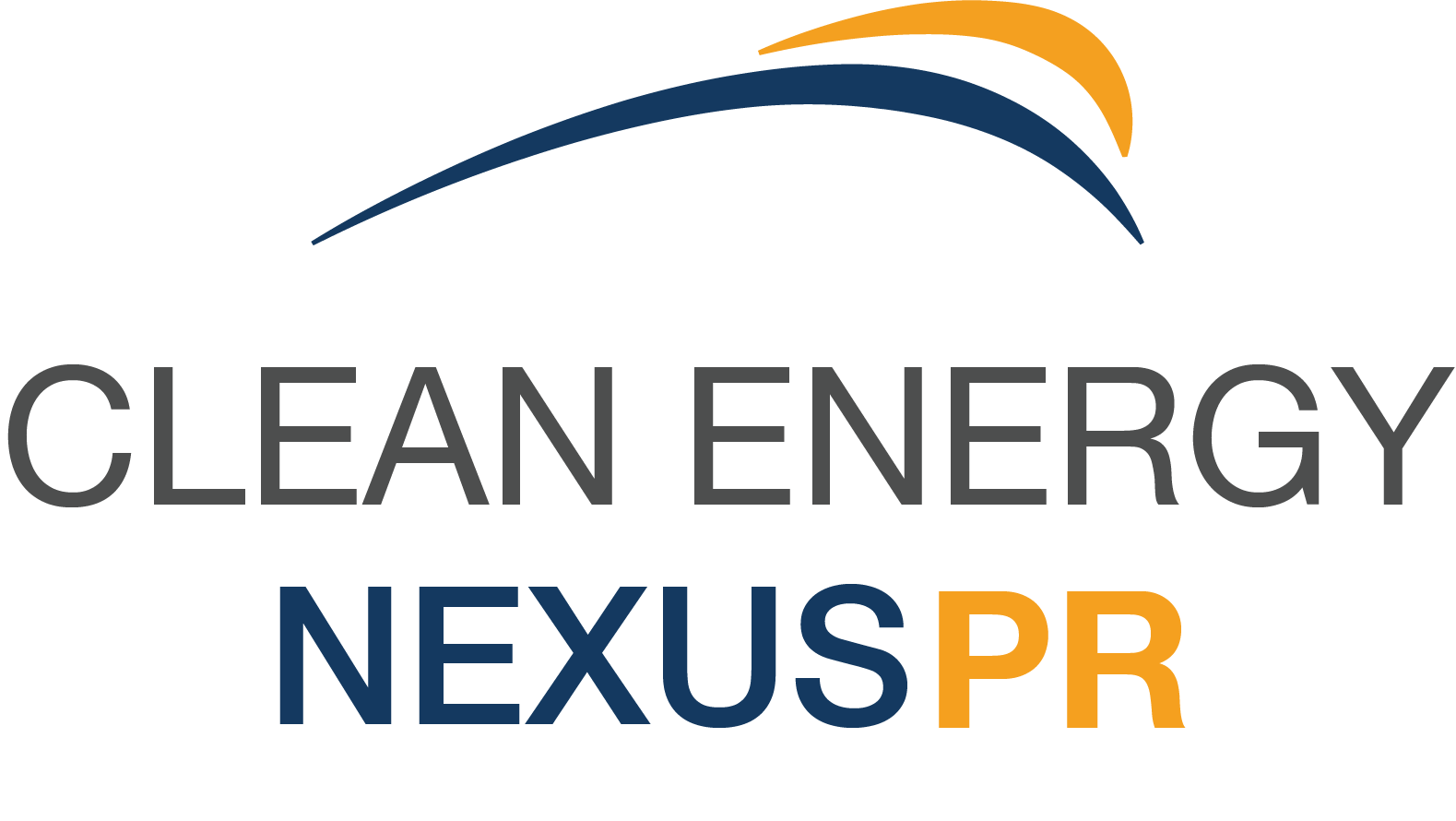You're looking into finally getting into solar energy and starting to do your research on the pros and cons. You learn all about the benefits, the cost savings, the financing options, and start looking into solar partners and installers.
What you don't look into is the nitty-gritty; the components of the solar system.
Why?
It's easier than you think, less technical than you think, and you can learn the six major components and how they work together to make a solar power generation system produce useable electricity in under five minutes.
The more you know... right?
.jpg?width=4400&name=Parts%20of%20a%20Solar%20Energy%20System%20(And%20Why%20You%20Should%20Know%20Them).jpg)
Solar Panels
Solar panels are the main component of a solar energy generation system that collects solar energy from the sun and turns it into DC (Direct Current) electricity.
New restrictions with the Uyghur Act and the Inflation Reduction Act of 2022 have made sourcing solar panels more of a challenge in 2022 as the demand increases and supply diminishes or legally can't be imported into the USA.
However, increased government incentives for purchasing solar panels manufactured
in the USA (and for manufacturers building solar panels in the USA) are driving the increase of manufacturing facilities stateside, and it's just a matter of time before the supply increases again.
Solar panels come in a range of sizes, shapes, and capacities. Most commercial buildings now have systems designed with solar panels whose capacities are over 400 watts to maximize the amount of energy that can be produced in a smaller square footage.

Mounting/Racking System
Solar panels sit on top of a mounting or racking system, often made of steel. This racking system not only holds the solar panels in place, but should be positioned for maximum insolation or power generation potential.
The material your engineer chooses should take into account your climate (wind, temperature, humidity) to ensure the finishes prevent corrosion and withstand the elements.
Additional incentives for using American-made material just passed into law as part of the Inflation Reduction Act, so consider where your mounting or racking system is manufactured as part of your decision.
Racking can also be part of a plan to use the space in multiple ways. A ground-mount system can be elevated over fertile soil to provide shade to grow crops under (agrivoltaics), and a warehouse near a freeway with a roof-mounted system can double as advertising space with custom skins on the solar panels.
Typically racking is best installed once, therefore it's important to choose and prepare the best long term spot for the solar power generation system. That may mean replacing a roof, adding a weatherproofing coat over a roof, leveling the ground for a field-mounted system, or preparing the soil for agrivoltaics beforehand.
Inverters
Inverters convert DC (Direct Current) electricity produced by solar panels to usable AC (Alternating Current).
There are multiple types of inverters, though string inverters are most often used in solar energy production.
Depending upon the size of the solar power generation system, multiple inverters may be used as part of a project.
Electrical System and Equipment
Other electrical system equipment used in a solar power generation system includes disconnect switches, an electrical panel board, feeders, and circuit wiring.
Every installation should be done by a certified electrician (even better if they're NABCEP certified!) and designed to meet local and national codes.
Monitoring System/DAS (Data Acquisition System)
Think of this system as a receptor and transmitter; it allows remote monitoring of the solar power generation system and potential diagnosis of system component issues.
An O&M (Operations & Maintenance) company should be contracted to monitor and maintain the system, and should be able to go in-person to check on the system when the DAS indicates the system isn't producing power as it should.
Monitoring systems require internet access to transmit their data on the system through.
Batteries
Batteries are an optional part of a solar power generation system, though they are becoming increasingly popular. Batteries store excess electricity produced by the solar power generation system for use by the power consumer when the system isn't producing electricity.
If a battery system is the best choice for you, it sits in between the inverter and the power consumer.
These six components are the major parts of an operational solar power generation system. Through feats of engineering, manufacturing and construction, we can turn energy from the sun into useable and clean electricity. Powerful, simple, and becoming more and more affordable.
Peruse through our previous blog posts to learn more about solar energy generation systems and if they're the right choice for you!
